If your cactus is wilting, yellowing, or developing soft, mushy patches, it’s likely overwatered. Learn to recognize the signs of overwatering, as well as the causes and solutions, so you can save your cactus before it’s too late.
Is my cactus overwatered or underwatered?
To save your cactus, stop watering it and let the soil dry out completely. If your cactus is wilting, has yellow or brown patches, or is soft to the touch, it is overwatered. If the roots are rotted, you may need to repot the cactus in fresh, dry soil. Overwatering is the most common cause of cactus death.

Underwatered cacti are often the victims of too-infrequent watering or of being placed in an area with low humidity. If your cactus is shriveled, has wrinkled skin, or is dry to the touch, it is underwatered. If the roots are dried out, you may need to repot the cactus in fresh, moist soil. To save your cactus, water it thoroughly and then wait for the soil to dry out completely before watering again.
Signs of Overwatered Cactus
Overwatering is one of the most common problems people have with their cacti, and it is often fatal to the plant. To prevent overwatering in the future, only water your cactus when the soil is dry to the touch. If you think your cactus has been overwatered, the first thing you should do is stop watering it and let the plant dry out. If you notice that your cactus is wilting, has yellow or brown patches, or is soft to the touch, these are all signs that it has been overwatered. If the plant is still alive, it will slowly start to recover.
Looks Can Be Deceiving
When it comes to plants, looks can be deceiving. Just because a plant looks healthy, doesn’t mean it is. Overwatering is a common problem that can lead to a number of problems for your plants, including root rot, yellowing leaves, and stunted growth.
The first is yellowing leaves. Another sign is stunted growth. If you suspect your plant is being overwatered, there are a few things you can look for. This is a sign that the roots are not getting the oxygen they need and are starting to suffocate. If your plant is not growing as quickly as it should be, it could be because the roots are waterlogged and not getting the nutrients they need.
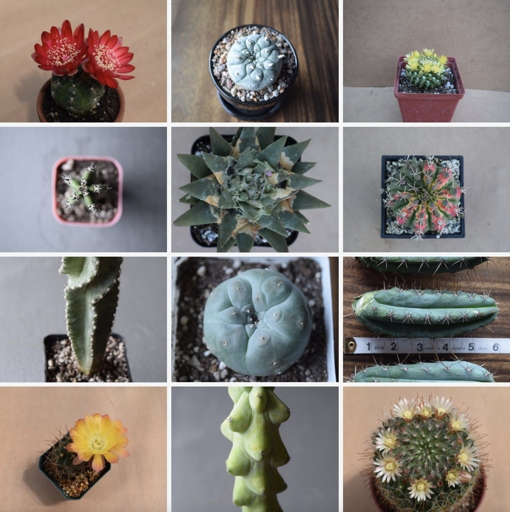
If the soil is dry, it’s time to water. If you’re not sure how often to water your plant, check the soil before watering. This will give the roots a chance to breathe and the plant will start to recover. If the soil is still moist, wait a few more days. If you think your plant is being overwatered, the best solution is to let it dry out for a few days.
Color Change
The leaves of the cactus will start to turn yellow or brown, and the stem may start to rot. Once the plant is dry, you can start watering it again, but be sure to only water it when the soil is completely dry. If your cactus is changing color, it’s a sign that it’s not getting the right amount of water. When a cactus is overwatered, the roots can’t get the oxygen they need and the plant starts to suffocate. If you see these signs, it’s important to take action immediately. The best way to solve the problem is to let the plant dry out completely. Overwatering is the most common cause of color change in cacti.
Small Black Circular Spots
If you notice small black circular spots on your cactus, it’s likely a sign of overwatering. When a cactus is overwatered, the roots are unable to take in enough oxygen and begin to suffocate. This can cause the leaves to drop off and the stem to rot. If you see small black spots on your cactus, it’s important to take action immediately to save the plant.
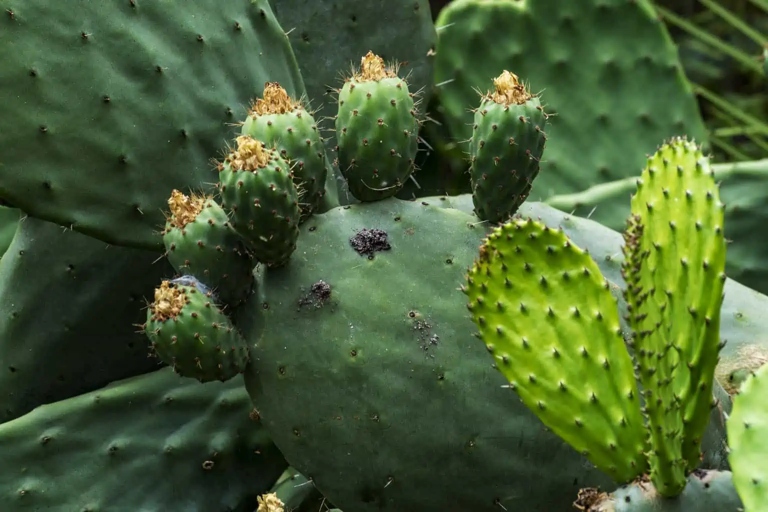
If you catch the problem early, your cactus should recover quickly. Water the cactus deeply, then allow the soil to dry out completely before watering again. To save an overwatered cactus, start by removing it from the pot and allowing the roots to dry out. Once the roots are dry, replant the cactus in a well-draining potting mix.
Soft brown spots
If you see these spots, it’s important to take action to save your plant. If you notice your cactus has started to develop soft brown spots, it’s a sign that it’s being overwatered. These spots are caused by waterlogged roots which can lead to fungal growth and root rot.
If the spots are large or on the inside of the plant, you’ll need to repot it in fresh, dry soil. The first step is to stop watering your cactus for a few days to allow the roots to dry out. If the spots are small and only on the surface of the plant, you can carefully remove them with a sharp knife.
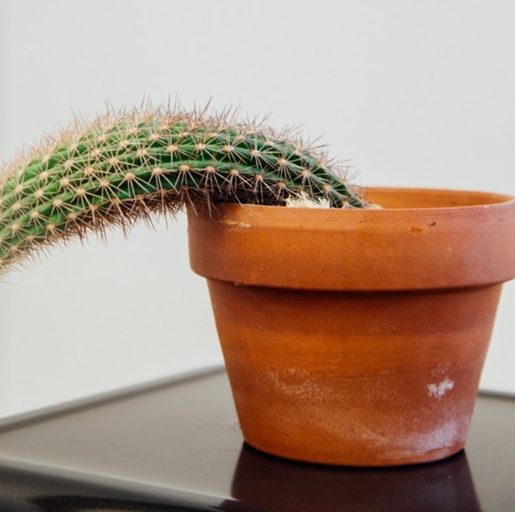
If you keep an eye on your plant and take action as soon as you see the first signs of overwatering, you can save your cactus from further damage. Once your cactus is in its new pot, be sure to only water it when the soil is dry to the touch.
Rotten Smell
If your cactus is giving off a rotten smell, it is likely overwatered. This can cause the plant to produce a foul odor. When a cactus is overwatered, the roots begin to rot and the plant can no longer take in the water it needs to survive.
You will need to allow the soil to dry out completely before watering the plant again. If the soil is soggy or feels wet, it is likely that the plant is overwatered. If you think your cactus is overwatered, the first thing you should do is check the soil.
If the roots of your cactus are already rotting, you may need to repot the plant. If the plant is too far gone, it may need to be thrown out. Use a well-draining potting mix and be sure to water the plant only when the soil is dry.
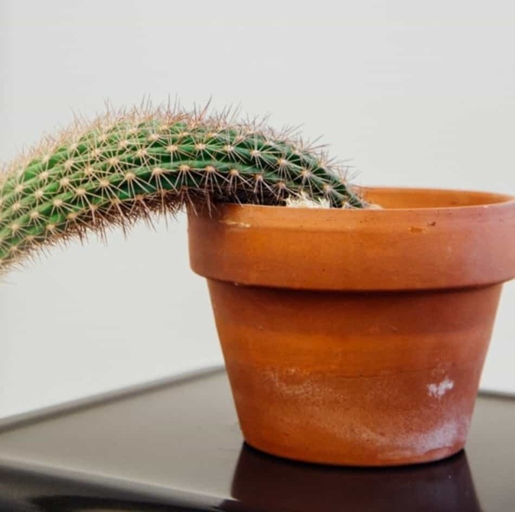
Overwatered cactuses can quickly die, so it is important to take steps to save the plant if possible. If you notice your cactus is beginning to produce a foul odor, it is important to take action immediately.
Root Rot
You may also need to provide extra ventilation and reduce watering. Root rot is a serious problem for cacti and other succulents. It is caused by too much water and can lead to the death of the plant. The best solution is to replant the cactus in fresh, well-draining soil. There are several signs that your plant has root rot, including yellowing or wilting leaves, soft or mushy roots, and a foul odor. If you suspect your plant has root rot, it is important to take action immediately.
How To Save An Overwatered Cactus
If you have an overwatered cactus, don’t despair! There are several things you can do to save your plant.
First, check the soil. If it is soggy or waterlogged, it needs to be replaced. Be sure to use a well-draining cactus mix or potting soil.
Next, check the roots. If they are mushy or black, they need to be trimmed. Cut away any dead or damaged roots, and replant the cactus in fresh soil.
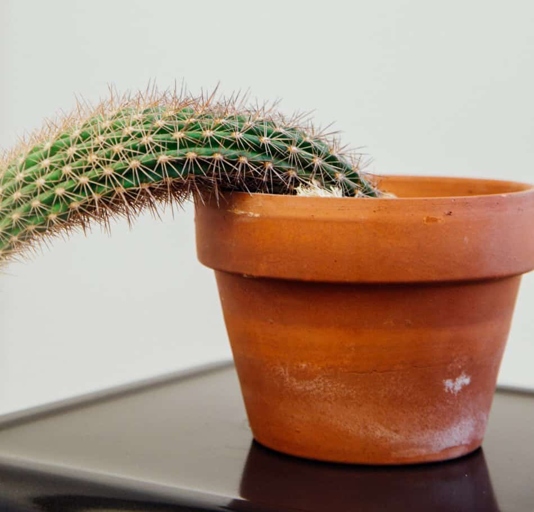
Finally, give your cactus some time to recover. With a little care, your cactus will soon be healthy and happy! Water it sparingly, and don’t fertilize it until it is showing new growth.
Revive The Damaged Cactus
If the roots are mushy and black, they will need to be cut away. If you have an overwatered cactus, the first step is to stop watering it. You can also try to revive a damaged cactus by giving it a light watering and then placing it in a sunny spot. Be sure to monitor the plant closely and only water it when the soil is completely dry. Allow the plant to dry out completely and then assess the damage.
Repotting The Cactus
But before you get started, it’s important to know a few things about cactus care. If your cactus is looking a bit worse for wear, it may be time for a repot.
However, they are not immune to overwatering. Cacti are native to dry, arid climates and as such, they are very drought tolerant. Overwatered cacti will show signs of stress such as wilting, yellowing, and softening of the stem. If left unchecked, overwatering can lead to root rot, which is fatal to the plant.
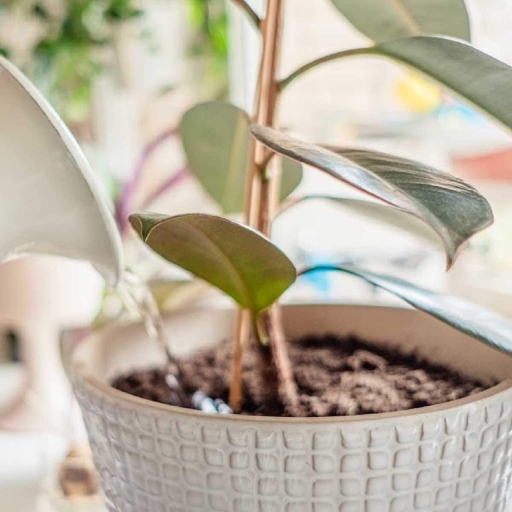
A pot that is only an inch or two larger than the current one will suffice. When it comes to repotting, less is more. Be sure to use a well-draining potting mix and water only when the soil is dry to the touch. Cacti do not like to be disturbed and they do not need a lot of space to thrive.
With a little TLC, your cactus will soon be looking good as new.
Treating Cactus Root Rot
This can kill the roots, preventing the plant from taking up water and nutrients. If you notice your cactus is wilting, yellowing, or developing soft spots, it may be suffering from root rot. Root rot is caused by overwatering, which leads to fungal or bacterial growth in the roots.
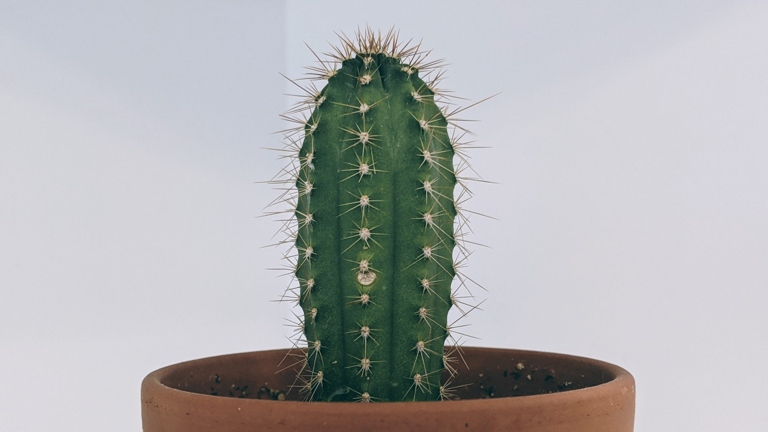
To treat root rot, start by allowing the plant to dry out completely. Then, remove any affected roots and replant the cactus in fresh, well-draining soil. Be sure to water only when the soil is dry to prevent further root rot.
Treating a Fungal Infection
Always read the label carefully and follow the instructions before using any type of pesticide. There are many different types of fungicides available, so it is important to choose one that is specifically designed to treat the type of fungus that is infecting your plant. A fungal infection can often be treated with a fungicide.
If the infection is severe, you may need to remove the affected parts of the plant. This will help to prevent the fungus from spreading. Dispose of the infected plant material in a plastic bag so that it cannot spread to other plants.

Be sure to water your plants properly and avoid overwatering. If you live in an area with high humidity, take measures to increase air circulation around your plants. Once the fungus has been treated, take steps to prevent it from returning.
When To Water After Transplanting Cactus
The best time to water is in the morning, so the plant can absorb the water throughout the day. Water the cactus deeply, so the water can reach the roots. Be sure to water the cactus slowly, so the water can soak in and not run off. Watering your cactus after transplanting is essential to its success.
How Often To Water Cactus
Cacti are succulents, which means they store water in their leaves and stems. As a result, they don’t need to be watered as often as other plants. If you’re wondering how often to water cactus, the answer is not as often as you might think.
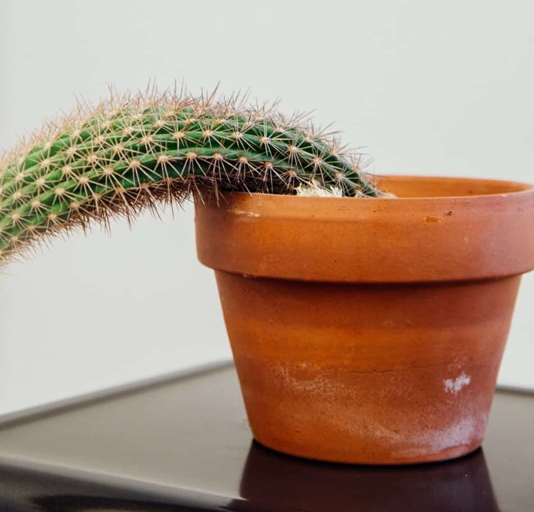
Second, water the cactus at the base, not the top. That said, there are a few things to keep in mind when watering cactus. If the soil is even slightly damp, wait until it is completely dry before watering again. First, make sure the soil is completely dry before watering. Watering at the top can cause the plant to rot.
This is a sign that the plant is not getting enough oxygen. If you think your cactus is overwatered, there are a few signs to look for. The second is soft or mushy leaves. This is a sign that the plant is rotting. If you see either of these signs, stop watering the cactus and let the soil dry out completely. The first is yellow or wilted leaves.
Water When The Soil Is Dry
The best way to water your cactus is to use a spray bottle and mist the plant. Water the cactus until the soil is moist, but not soggy. You can also use a watering can with a small spout to water your cactus. When the soil is dry, water your cactus. Be sure to water the cactus at the base, not the top.
Select A Pot With Good Drainage
If you want to keep your cactus healthy, it’s important to choose a pot with good drainage. Otherwise, you run the risk of overwatering your plant.

First, make sure there are drainage holes in the bottom. These holes will allow excess water to drain out, preventing the roots from sitting in water. There are a few things to look for when choosing a pot for your cactus.
A porous material like clay is ideal, as it will help to wick away any excess moisture. Secondly, consider the material of the pot.
Finally, make sure the pot is big enough for your cactus. A pot that’s too small will restrict the root system, making it more difficult for the plant to take up water.
By following these simple tips, you can help to ensure that your cactus stays healthy and happy.
Use a Small Container
In fact, you can use a small container to help you control the amount of water your cactus gets. If you have a small cactus, you may be wondering how much water it needs. The answer is not as much as you might think.
Here are some tips for using a small container to water your cactus:
– Use a container that is only slightly larger than the cactus itself. This will help to prevent overwatering.
– Water the cactus deeply, but less often. Allow the soil to dry out completely between watering.
– If you are using a pot with a drainage hole, be sure to empty the drainage tray after watering.

By following these tips, you can help to ensure that your cactus gets the right amount of water and stays healthy.
Use a Soil That Allows Water to Drain
This can lead to a number of problems, including root rot, fungal growth, and eventually the death of the plant. When it comes to overwatered cactus, one of the main problems is that the plant is not able to drain the water properly.

This can be achieved by using a well-draining potting mix or by adding perlite or sand to your existing potting soil. One of the best ways to avoid these problems is to use a soil that allows water to drain.
Another way to help your cactus drain properly is to water it from the bottom up. This can be done by placing the pot in a sink or tray of water and letting the plant soak up the water from the bottom.
By taking these simple steps, you can help your cactus stay healthy and avoid the problems that come with overwatering.
Water According to Season
If you think your cactus is overwatered, stop watering it and let the soil dry out completely. Water your cactus only when the soil is dry to the touch. Allowing your cactus to sit in water will cause the roots to rot. If you notice your cactus is wilting, yellowing, or developing brown spots, it may be overwatered. Then, water it sparingly, only when the soil is dry. Be sure to empty any water that collects in the saucer beneath the pot.
Winter
This is because the plant is dormant and not actively growing. When it comes to overwatering your cactus, winter is the most critical time. This means that it can’t take up water as efficiently, and any excess water will just sit in the pot and start to rot the roots.
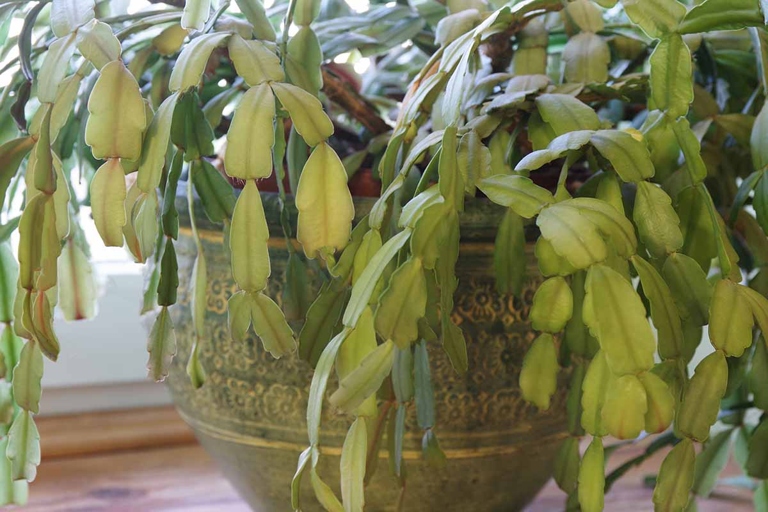
The second is soft or mushy stems. There are a few telltale signs that your cactus is overwatered. This is a sign that the plant is not getting enough oxygen to its roots. The first is yellowing or wilting leaves. This is a sign that the plant is starting to rot. If you see either of these signs, it’s important to take action immediately.
Once the plant has dried out, you can then repot it in fresh, dry soil. The best way to solve the problem is to let the plant dry out completely. This means removing it from its pot and letting it sit in a dry, sunny spot for a few days.
Spring
Another sign is if the leaves are yellowing or falling off. The first is if the plant is starting to wilt. Finally, if the plant is starting to produce new growth, this is a sign that it is getting too much water. When it comes to overwatering your cactus, there are a few telltale signs. This is a sign that the plant is not getting enough water. This is usually a sign that the roots are not getting enough oxygen and are starting to rot.
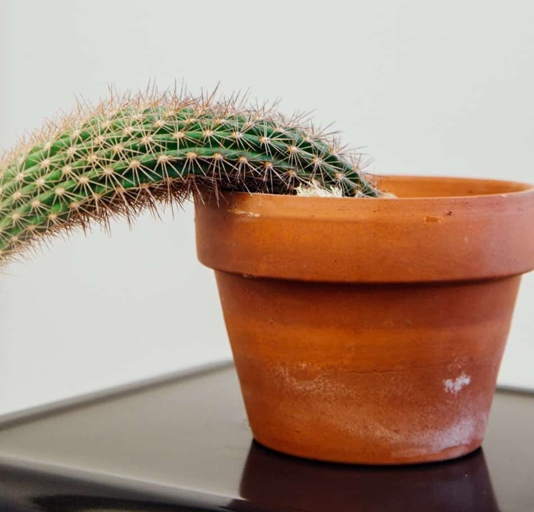
The first is to let the plant dry out completely. This will give the roots a chance to recover and start absorbing water again. Finally, you can try watering the plant less frequently. Another solution is to repot the plant in a well-draining potting mix. This will give the roots a chance to dry out between watering and will help to prevent overwatering. If you think you might be overwatering your cactus, there are a few things you can do to fix the problem. This will help to prevent the roots from sitting in water and getting too much moisture.
Summer
Summertime is the perfect time to enjoy the outdoors and your garden. Overwatered plants are more susceptible to pests and diseases, and their growth can be stunted. But it’s also the time when your plants are most vulnerable to overwatering.
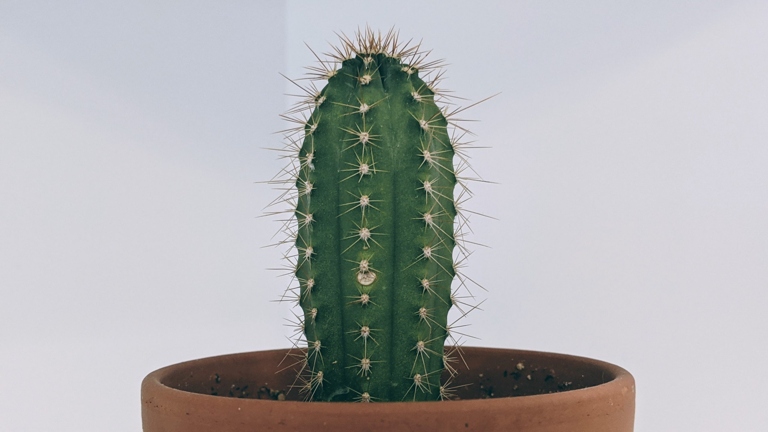
If you’re not sure how much water your plants need, check the instructions on the label or ask a gardening expert. To avoid overwatering your plants, water them only when the soil is dry to the touch. And be sure to water deeply, so that the roots can absorb the moisture.
If you think your plants may be overwatered, there are a few signs to look for. The leaves may be wilted, yellow, or brown, and the stems may be soft or mushy. If you suspect overwatering, stop watering your plants and allow the soil to dry out. Then, resume watering only when the soil is dry to the touch.
Fall
For one, your cactus may start to wilt or its leaves may start to yellow. If you notice any of these signs, it’s important to take action immediately. This is usually caused by too much water sitting around the roots of the plant. When it comes to overwatering your cactus, there are a few telltale signs to look out for. These are both signs that your cactus is not getting the water it needs. Another sign of overwatering is if your cactus starts to rot.

Once the plant has drained, you can then repot it in fresh, dry soil. First, you need to let the plant drain. There are a few things you can do to save an overwatered cactus. Remove it from its pot and place it in a well-ventilated area. Be sure to water your cactus only when the soil is dry to the touch. Allow the excess water to evaporate from the plant.
If your cactus is already showing signs of rot, you may need to take more drastic measures. Cut away any affected parts of the plant. You may also need to repot the cactus in sterile soil. Be sure to disinfect your tools before and after use.
By following these tips, you can save your overwatered cactus and get it back on the road to recovery.
Water According to the Age of the Cactus
If you think your cactus is overwatered, there are a few things you can do to save it. If you notice your cactus is beginning to wilt, it may be because it is overwatered. When a cactus is overwatered, the stem and leaves can start to yellow and the plant may become mushy.

If the roots are mushy or black, they will need to be trimmed. First, stop watering your cactus and let the soil dry out completely. Once you have trimmed the roots, repot the cactus in dry, well-draining soil. Then, remove the cactus from its pot and check the roots.
However, if the roots are already damaged, you will need to take more drastic measures to save your plant. If you catch your cactus before the roots are damaged, you may be able to save it by simply letting the soil dry out completely and then resuming regular watering.
Common Mistakes in Watering Cactus
This can lead to a number of problems, including root rot, fungal diseases, and stunted growth. One of the most common mistakes people make when watering cactus is to overwater them.

When watering cactus, it is important to allow the soil to dry out completely between watering. This will help to prevent overwatering and ensure that the roots have adequate oxygen.
It is also important to water cactus at the base of the plant, rather than from the top. Watering from the top can cause water to run off the plant, leading to root rot.
First, allow the soil to dry out completely. If you think your cactus is overwatered, there are a few things you can do to help it recover. Then, water the cactus at the base of the plant, making sure to not water from the top. Finally, give the plant some extra light and air circulation to help it dry out.
Overwatering
Overwatering is a common problem among cactus owners, as it is easy to forget that these plants are desert dwellers and require very little water. If you notice your cactus is wilting, has yellow or brown patches, or is otherwise looking unhealthy, it may be a sign of overwatering.

Second, water your cactus in the morning so that the plant has time to absorb the water before the heat of the day sets in. First, allow the soil to dry out completely before watering again. If the soil is still moist, wait a few more days before watering. Finally, make sure you are using a well-draining pot or container to avoid waterlogging. There are a few simple solutions to overwatering.
With a little care, you can help your cactus thrive. If you suspect your cactus is overwatered, take action immediately to correct the problem.
Choosing the Incorrect Soil Type
Choosing the wrong soil type can lead to a number of problems, including root rot, nutrient deficiencies, and yellowing leaves. When it comes to houseplants, one of the most common problems is overwatering. This is often due to incorrect soil type.
If you’re not sure which type of soil to choose, ask a nursery worker or other expert. To avoid these problems, it’s important to choose the right soil type for your plant. They can help you select the right soil for your plant.
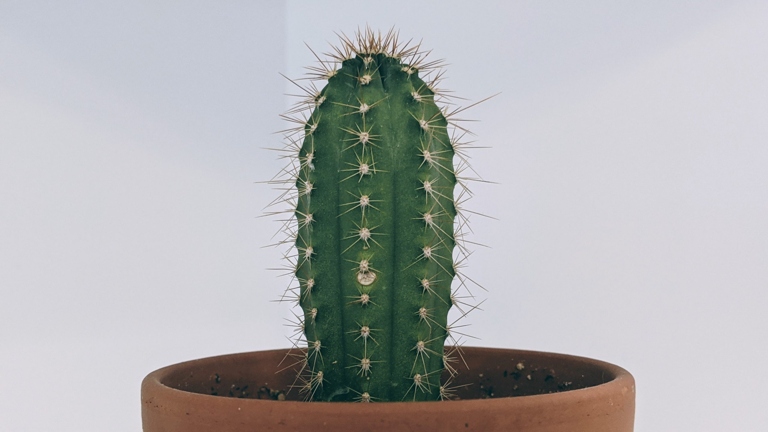
Overwatering is still a problem even with the right soil type. Be sure to check the soil before watering, and only water when the soil is dry. Once you’ve chosen the right soil, be sure to water your plant correctly.
Using a Pot with Poor Drainage
One of the main signs of overwatering is poor drainage. This can lead to a whole host of problems, including yellow leaves, wilting, and eventually death. If you’re using a pot with poor drainage, the water will sit at the bottom and the roots will start to rot. If you notice that your cactus is wilting or has yellow leaves, it’s possible that you’re overwatering it.
If you’re not sure, you can always test it by pouring some water into the pot and seeing how long it takes to drain. If it takes more than a few minutes, the pot probably has poor drainage and you should find a new one. To avoid this, make sure you’re using a pot with good drainage.

Allow the soil to dry out completely before watering again. In addition to using a pot with good drainage, you should also be careful not to water your cactus too often. overwatering is one of the most common problems people have with their cacti, so it’s important to be careful. If you’re not sure, it’s always better to err on the side of caution and wait a few extra days.
Not Changing Watering Frequency with The Seasons
If you think your cactus is overwatered, check for signs like these and take steps to correct the problem. Overwatering is a common problem with cacti, and it can lead to a number of problems, including root rot, fungal infections, and yellowing or wilting leaves. In the summer, cacti should be watered about once a week, while in the winter, they can go several weeks without water. However, cacti still need to be watered on a regular basis, and the frequency should be adjusted according to the season. Cacti are often thought of as drought-resistant plants that can go long periods of time without water.
How Do You Revive A Dying Cactus?
If you think your cactus is overwatered, there are a few things you can do to revive it. First, check the soil to see if it is soggy or moist. If it is soft or mushy, then your cactus is overwatered. Third, check the stem of your cactus. Second, check the leaves of your cactus. If they are yellow or brown, then your cactus is overwatered. If it is, then your cactus is overwatered.
Third, you need to repot your cactus in dry, well-draining soil. First, you need to let the soil dry out completely. Second, you need to remove any dead or dying leaves from your cactus. This means that you should not water your cactus for a week or two. If you find that your cactus is overwatered, there are a few things you can do to revive it. fourth, you need to give your cactus plenty of sunlight.
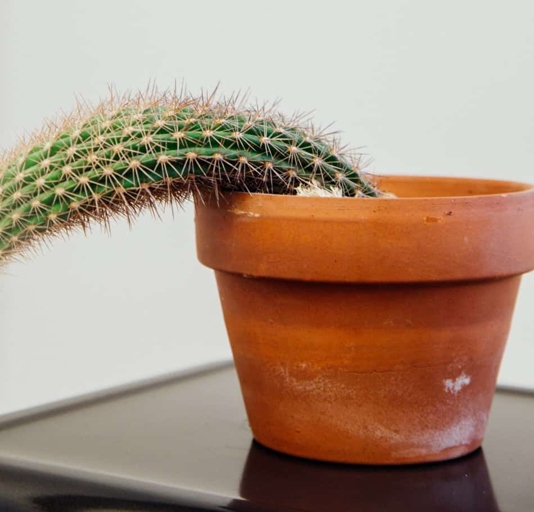
However, if your cactus does not improve, then it may be too far gone and you may need to start over with a new cactus. If you follow these steps, your cactus should start to recover.
Frequently Asked Questions
1. What are the signs of an overwatered cactus?
The signs of an overwatered cactus include wilting, yellowing, and softening of the leaves, as well as stem and root rot.
2. What are the causes of overwatering a cactus?
Overwatering a cactus can be caused by too much rainfall, watering the plant too often, or using a watering can with a very small hole.
3. How can I solve the problem of overwatering my cactus?
There are a few solutions to the problem of overwatering a cactus. These include allowing the plant to dry out completely between watering, using a larger watering can with a bigger hole, and/or increasing the amount of drainage in the pot.
4. What should I do if my cactus is already showing signs of overwatering?
If your cactus is already showing signs of overwatering, the best thing to do is to allow the plant to dry out completely. Once it is dry, you can then start following the solutions listed in question 3.
5. Can overwatering a cactus kill the plant?
Yes, overwatering a cactus can kill the plant. If the plant is already showing signs of overwatering, it is best to take action to dry it out as soon as possible.
Final thoughts
If your cactus is overwatered, you may notice that the leaves are starting to yellow and fall off. The stem may also start to rot. These are all signs that your cactus is not getting the water it needs. To fix this, you will need to water your cactus less often and make sure that the pot has good drainage. If the pot does not have good drainage, the water will just sit in the pot and cause the roots to rot.
